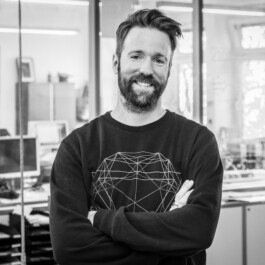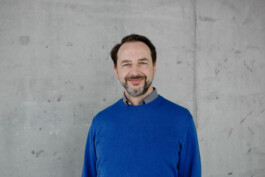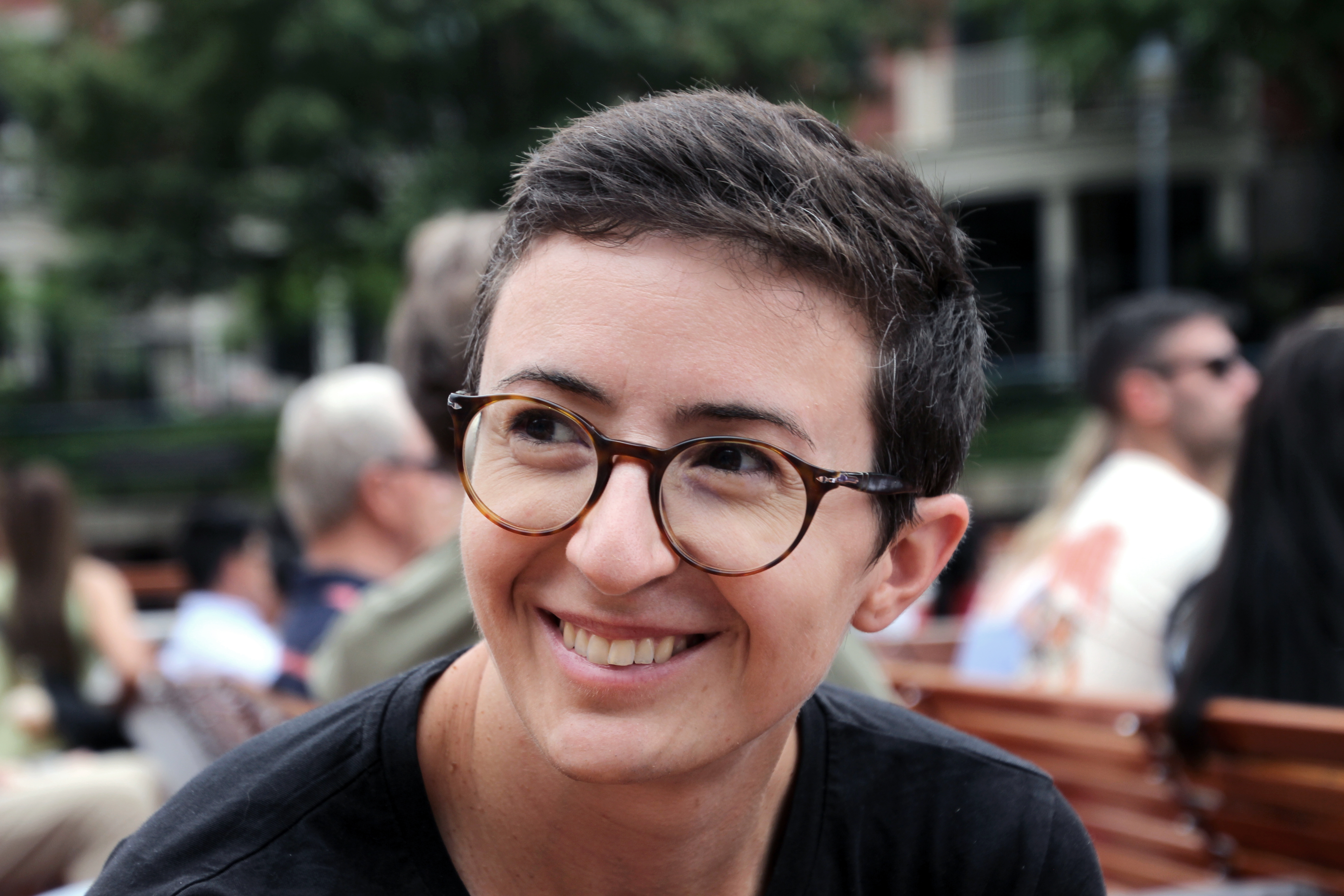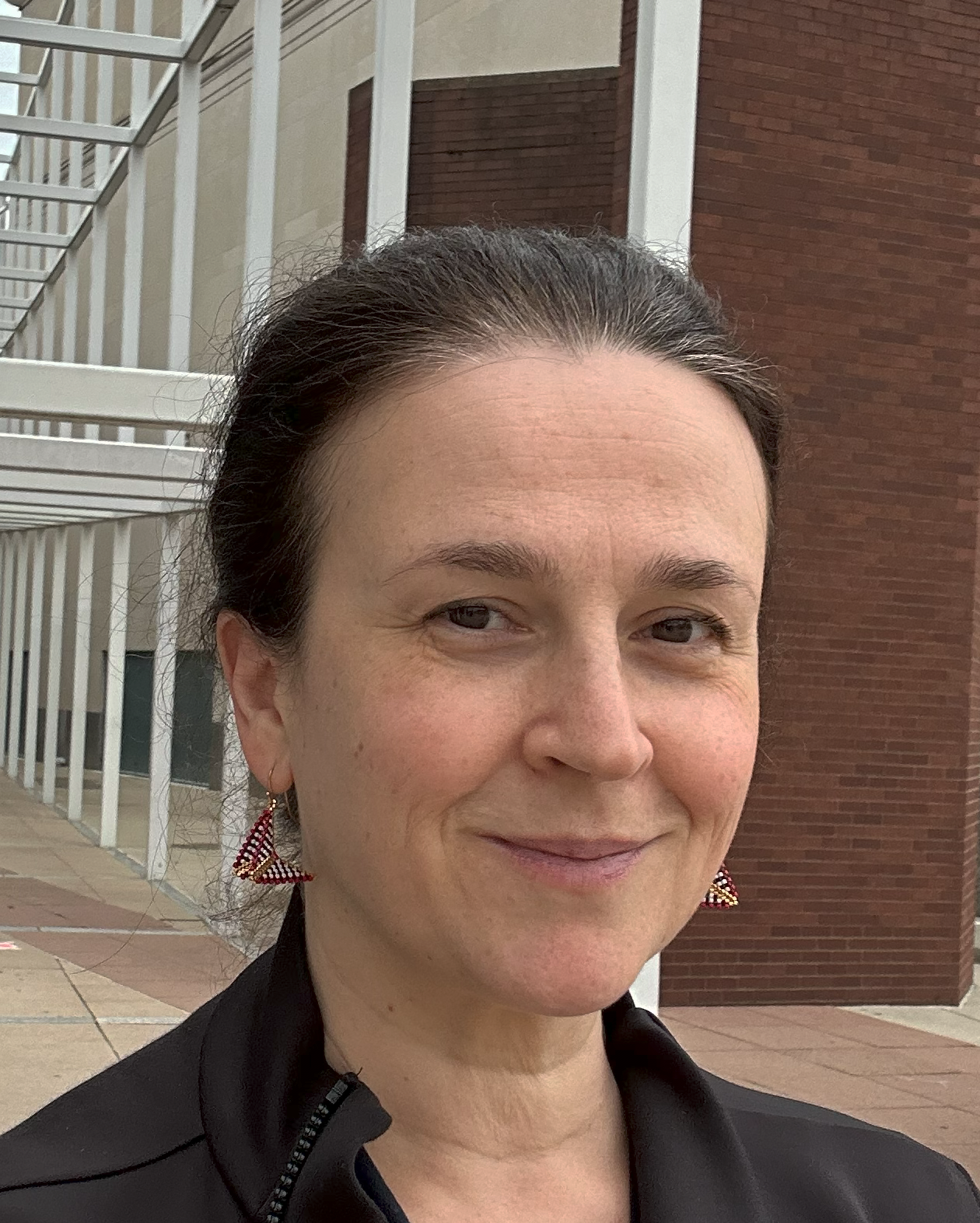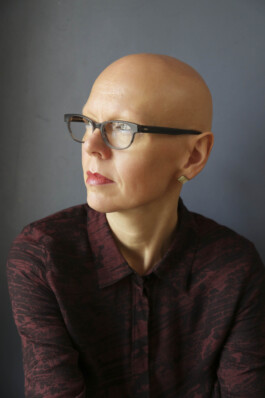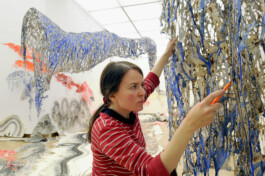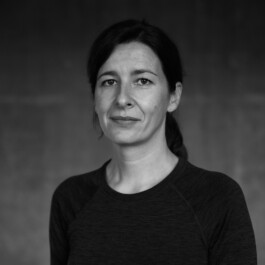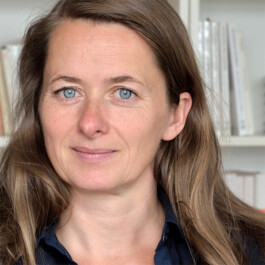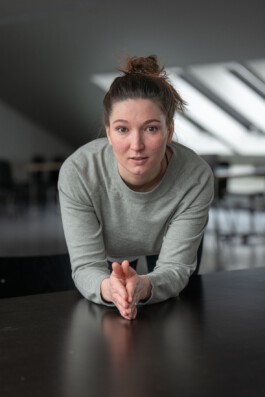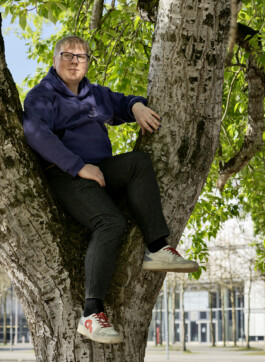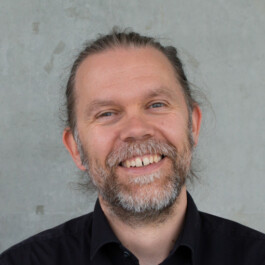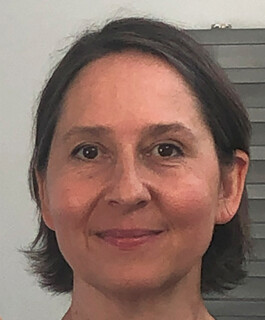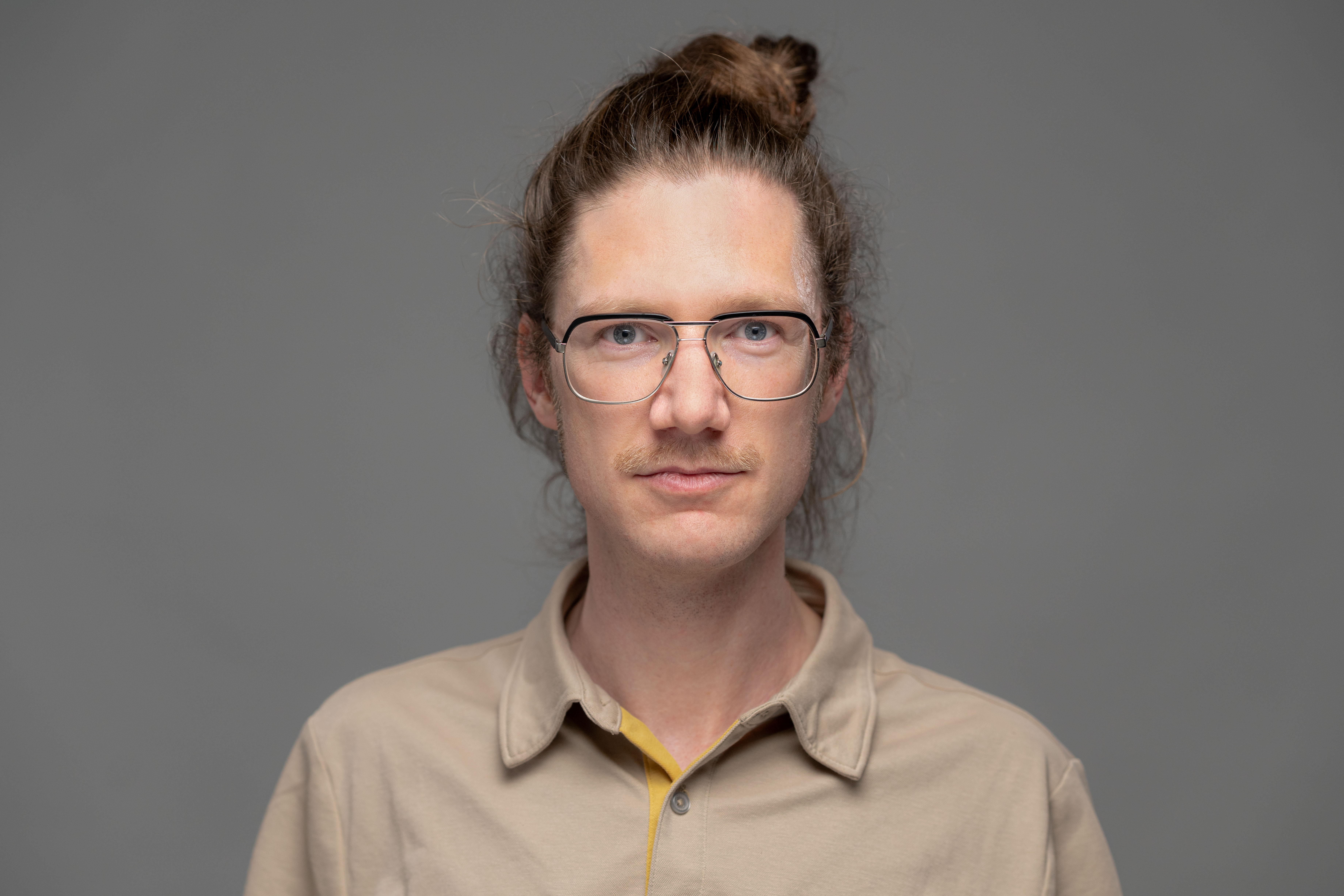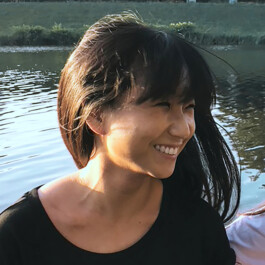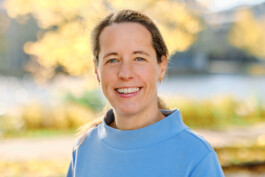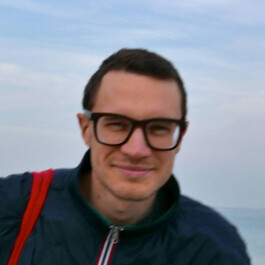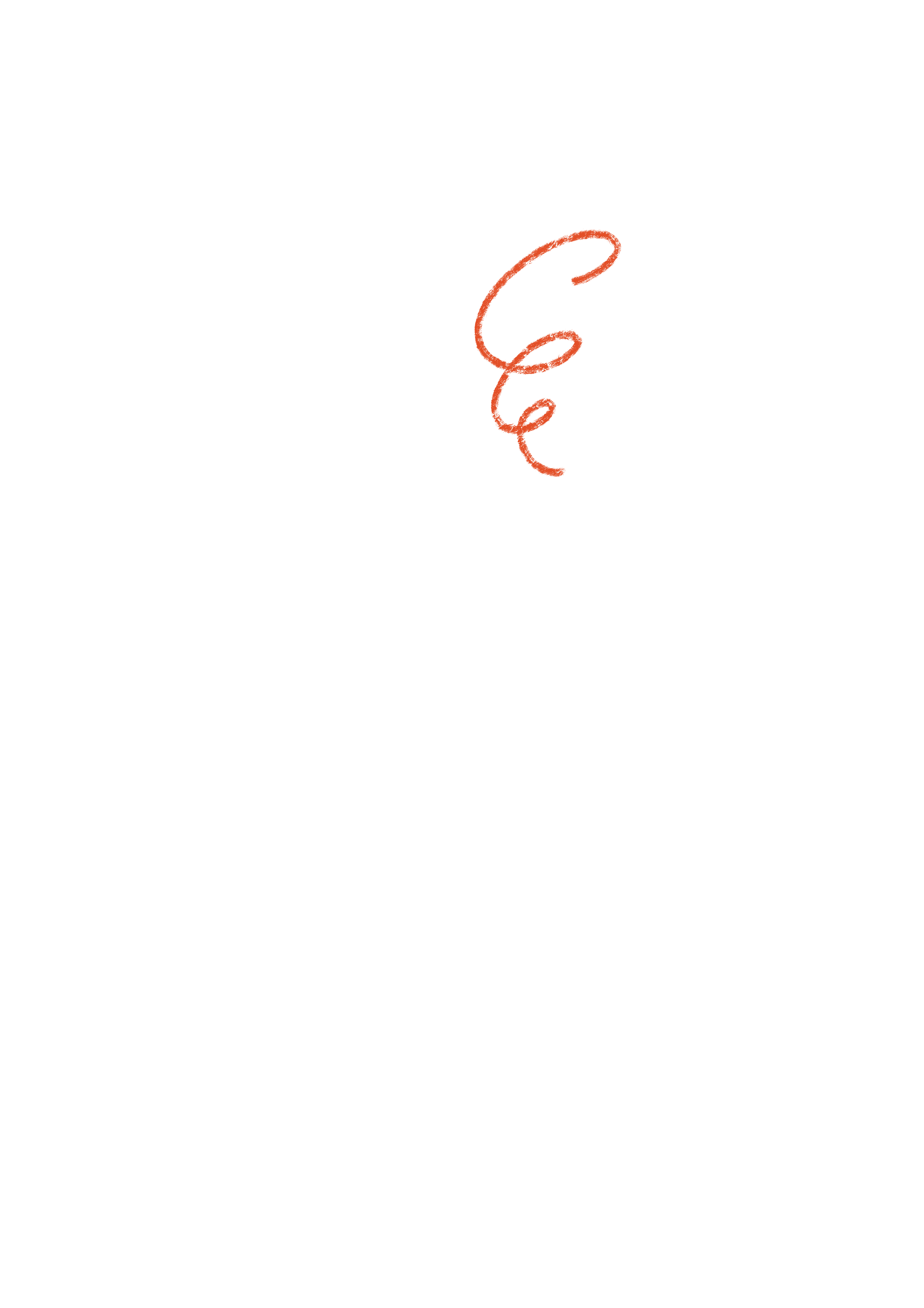
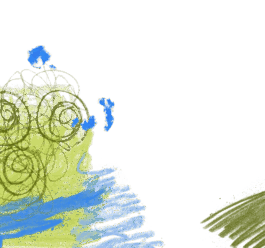
Machen
Doing
The 11th Kurt Schwitters Symposium is based on the premise that acting and reflecting, simply getting started and systematic research are not opposites, but need each other. Designing, shaping, being creative is therefore always a way of creating knowledge, gaining experience and developing skills.
The term 'doing' has the advantage that it can be detached from the conceptual pair 'practice vs. theory'. Although both fields can exist in their own right, the question remains as to whether theory is not also a form of practice or, conversely, whether there is always a form of theory behind practice. It could be argued, on the other hand, that 'doing’ is equally valid for both fields. Against the background of 'doing', both theory and practice are of equal value.
The concept of doing is thus fundamentally interdisciplinary. Opposites can stand side by side. What 'doing' can be may remain unresolved. We therefore take the liberty of leaving the term vague and not providing a ready-made definition. Rather, we would like to allow numerous perspectives to tell us and show us what it could mean. During the conference, an approach to the term will then take place.
With this in mind, we are looking for practitioners, designers and artists who see their own work as a form of search for knowledge. We are looking for practices that combine elements of both design and science. We are looking for scientists and researchers who define their work as creative. We are looking for institutions that position themselves between the classic genres: between art, design and craft, between the natural sciences and the humanities, between design and activism, between entertainment and investigation, between teaching, mediation and development.
But we are also looking for people who advocate a clear differentiation of categories, who take a critical look at the subversion of concepts. What is the value of the separation of humanities-literary culture on the one hand and scientific-technical culture on the other, as it has previously been proposed? How useful is the division into different fields of activity such as separate faculties, subjects and types of higher education or training programs?
For the conference, we envision a connection to different approaches; for example, to the efforts of arts-based research to understand creative practices as research methods; or also connections to studies that make explicit and value the implicit and situated knowledge, the tacit knowledge of agencies and studios, workshops and start-ups, teaching institutions and exhibition venues.
Against this inclusive backdrop, ‘doing’ knows no failure. All it knows is the concept of starting over – just like a small child, really. Moreover, doing is performative by definition. Doing something always creates a different reality than not doing something (which is also performative). Doing therefore also has a social impact, for example in the sociological concept of “doing gender”. In numerous activist groups – but also in populist narratives – an imperative to act can also be observed: Here, people are called upon to take action instead of thinking long and hard.
“Doing!” clearly seems to be in vogue. However, this year's Kurt Schwitters Symposium aims to explore questions such as whether pausing for a moment can be useful, whether doing nothing is perhaps also a form of doing, and how contemplation and reflection are compatible with an active life.
With contributions by:
Vita Berezina-Blackburn, Ohio State University, OH, USA
Prof. Dr. Tom Bieling, Hochschule für Gestaltung Offenbach
Ludwig Drosch, Universität Hildesheim
Prof. Dr. Annette Geiger und Sasha Faradzheva, Hochschule für Künste Bremen
Shoey Nam, Hochschule für Künste Bremen
Jan Neukirchen, Leibniz Universität Hannover
Prof. Dr. Judith Siegmund, Zürcher Hochschule der Künste
From Hanover University of Applied Siences and Arts:
Prof. Luise Dettbarn
Alexandra Gomez Kaetz
Annerose Keßler
Prof. Timo Schnitt & Sylvia Bossenz
Prof. Nadja Schöllhammer
Prof. Dr. Jakob Vicari
Prof. Dr. Friedrich Weltzien
Dr. Carolin Scheler
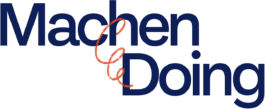
The 11th Kurt Schwitters Symposium is based on the premise that acting and reflecting, simply getting started and systematic research are not opposites, but need each other. Designing, shaping, being creative is therefore always a way of creating knowledge, gaining experience and developing skills.
The term 'doing' has the advantage that it can be detached from the conceptual pair 'practice vs. theory'. Although both fields can exist in their own right, the question remains as to whether theory is not also a form of practice or, conversely, whether there is always a form of theory behind practice. It could be argued, on the other hand, that 'doing’ is equally valid for both fields. Against the background of 'doing', both theory and practice are of equal value.
The concept of doing is thus fundamentally interdisciplinary. Opposites can stand side by side. What 'doing' can be may remain unresolved. We therefore take the liberty of leaving the term vague and not providing a ready-made definition. Rather, we would like to allow numerous perspectives to tell us and show us what it could mean. During the conference, an approach to the term will then take place.
With this in mind, we are looking for practitioners, designers and artists who see their own work as a form of search for knowledge. We are looking for practices that combine elements of both design and science. We are looking for scientists and researchers who define their work as creative. We are looking for institutions that position themselves between the classic genres: between art, design and craft, between the natural sciences and the humanities, between design and activism, between entertainment and investigation, between teaching, mediation and development.
But we are also looking for people who advocate a clear differentiation of categories, who take a critical look at the subversion of concepts. What is the value of the separation of humanities-literary culture on the one hand and scientific-technical culture on the other, as it has previously been proposed? How useful is the division into different fields of activity such as separate faculties, subjects and types of higher education or training programs?
For the conference, we envision a connection to different approaches; for example, to the efforts of arts-based research to understand creative practices as research methods; or also connections to studies that make explicit and value the implicit and situated knowledge, the tacit knowledge of agencies and studios, workshops and start-ups, teaching institutions and exhibition venues.
Against this inclusive backdrop, ‘doing’ knows no failure. All it knows is the concept of starting over – just like a small child, really. Moreover, doing is performative by definition. Doing something always creates a different reality than not doing something (which is also performative). Doing therefore also has a social impact, for example in the sociological concept of “doing gender”. In numerous activist groups – but also in populist narratives – an imperative to act can also be observed: Here, people are called upon to take action instead of thinking long and hard.
“Doing!” clearly seems to be in vogue. However, this year's Kurt Schwitters Symposium aims to explore questions such as whether pausing for a moment can be useful, whether doing nothing is perhaps also a form of doing, and how contemplation and reflection are compatible with an active life.
With contributions by:
Vita Berezina-Blackburn, Ohio State University, OH, USA
Prof. Dr. Tom Bieling, Hochschule für Gestaltung Offenbach
Ludwig Drosch, Universität Hildesheim
Prof. Dr. Annette Geiger und Sasha Faradzheva, Hochschule für Künste Bremen
Shoey Nam, Hochschule für Künste Bremen
Jan Neukirchen, Leibniz Universität Hannover
Prof. Dr. Judith Siegmund, Zürcher Hochschule der Künste
From Hanover University of Applied Siences and Arts:
Prof. Luise Dettbarn
Alexandra Gomez Kaetz
Annerose Keßler
Prof. Timo Schnitt & Sylvia Bossenz
Prof. Nadja Schöllhammer
Prof. Dr. Jakob Vicari
Prof. Dr. Friedrich Weltzien
Dr. Carolin Scheler
The event is free of charge, a registration is not required.
The event is free of charge, a registration is not required.
